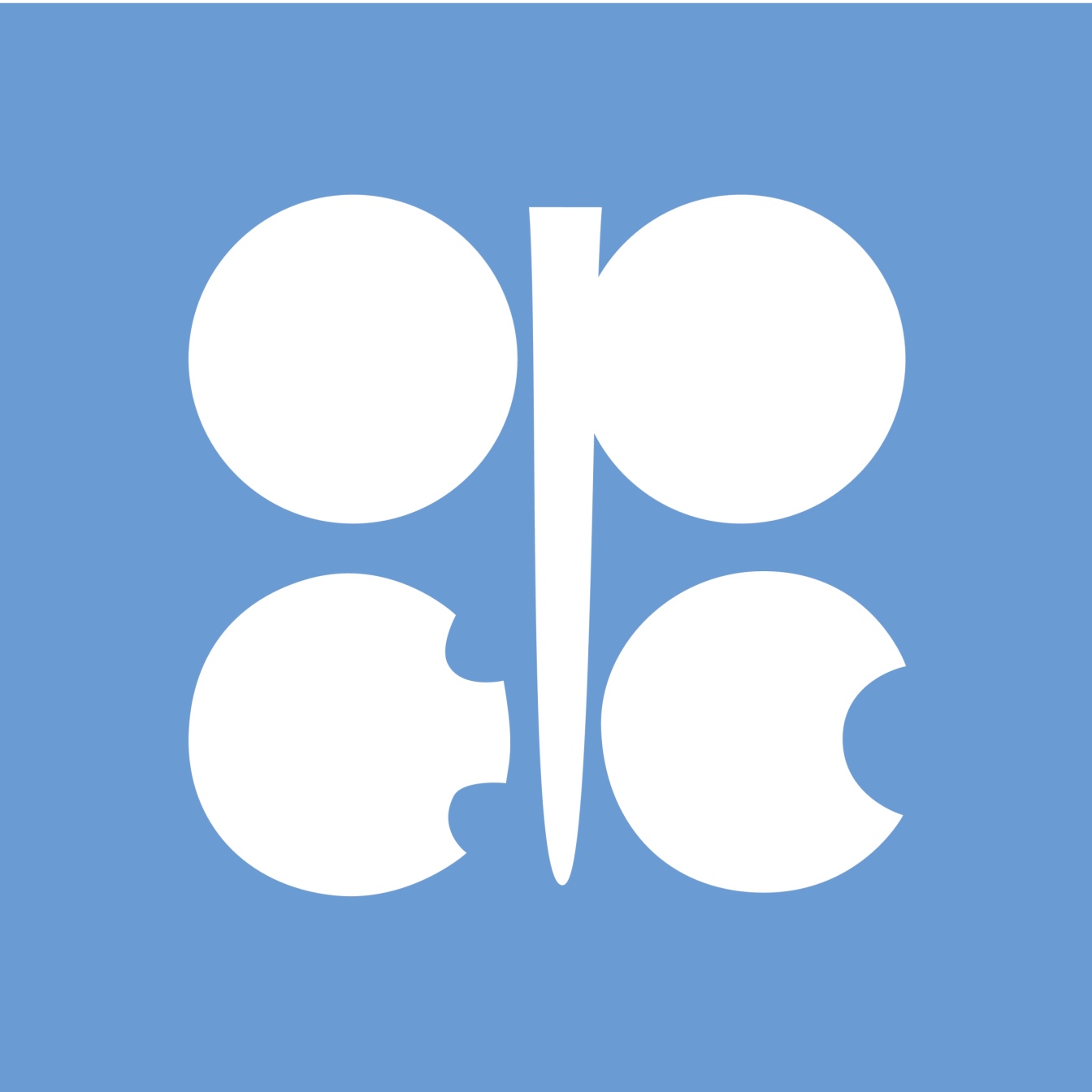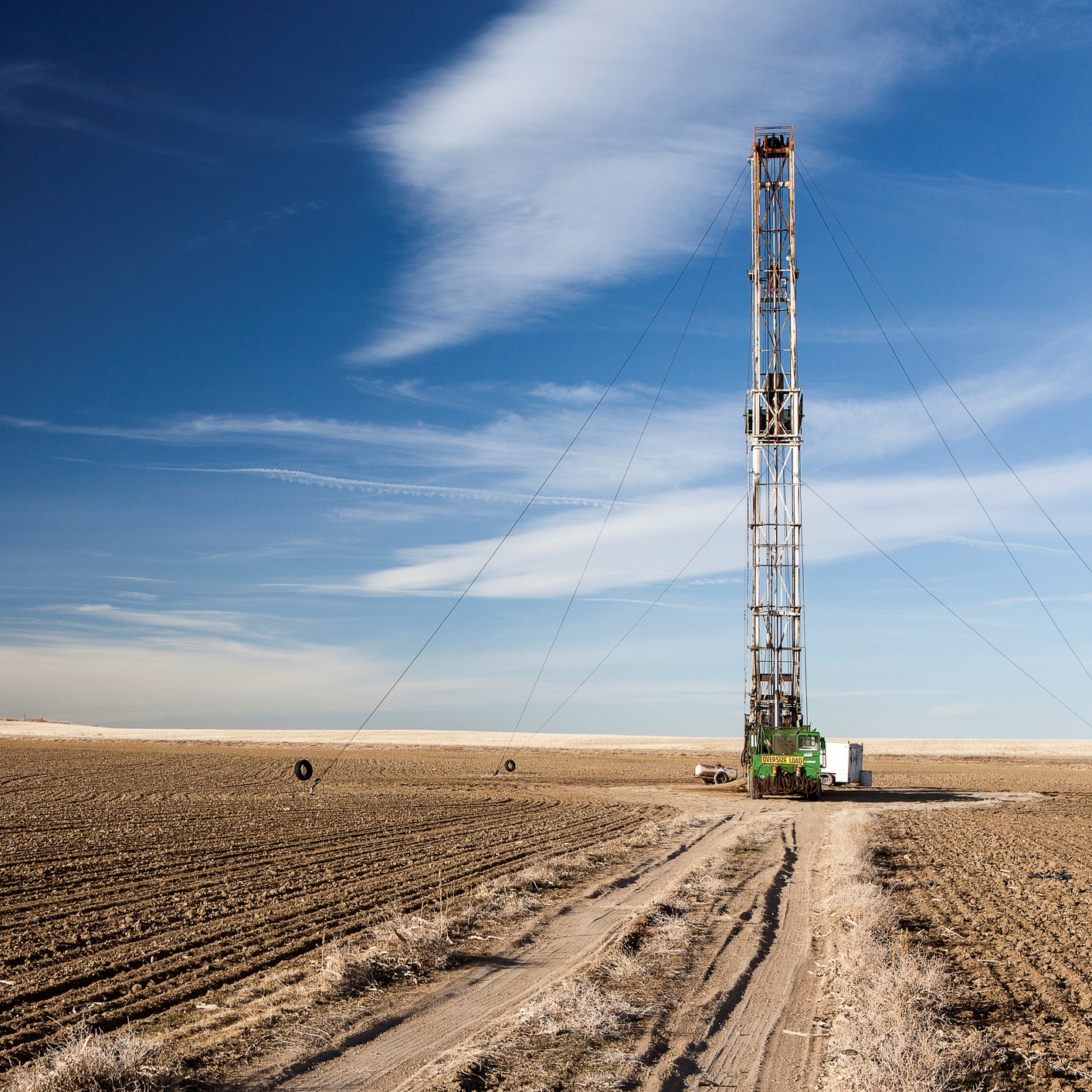
On Thursday the Organization of the Petroleum Export Countries (OPEC) released its annual statistical bulletin. The publication includes details on the oil and gas industries in each of the cartel’s 14 member nations, along with global data.
Global crude oil production declined by 701,000 barrels a day year over year in 2017 (about 0.9%). OPEC production declined by 926,000 barrels a day (2.8% year over year). Total global production reached 74.69 million barrels a day, the first year-over-year decline since 2009. Production in 2016 totaled 75.48 million barrels a day.
U.S. oil production rose by 498,000 barrels a day (5.6%) and Libyan production more than doubled to 427,000 barrels a day as the country was excluded from OPEC’s lower production quotas. Saudi Arabia cut production by 501,000 barrels a day (4.8%) and Venezuelan production dropped 338,000 barrels a day (14.2%). The top three producers last year were Russia with daily production of 10.35 million barrels, Saudi Arabia with 9.96 million barrels and the United States with 9.36 million barrels.
Global demand for crude oil rose by 1.7% year over year in 2017 to 97.2 million barrels per day. Demand grew fastest in the Asia-Pacific region with China and India posting the largest growth.
OPEC members exported a total of 24.86 million barrels a day last year, down by 406,000 barrels compared to the prior year total, with most (62.6%) sent to the Asia-Pacific region. Europe imported 4.64 million barrels a day in 2017, up from 4.4 million barrels a year earlier and North American imports of OPEC crude fell by 2.5% to 3.21 million barrels a day.
The 14 OPEC members account for 1.21 trillion of the world’s total proved reserves of 1.48 trillion barrels of crude oil. Global reserves decreased by 0.4% year over year in 2017 and OPEC reserves dipped 0.3%, mostly due to lower production from Venezuela, the current world leader with reserves of nearly 303 billion barrels. Saudi Arabia claims proved reserves of more than 266 billion barrels followed by Iran (156 billion barrels), Iraq (147 billion barrels) and Kuwait (102 billion barrels). U.S. proved reserves totaled about 33 billion barrels, according to the OPEC bulletin.
The average price for a barrel of OPEC’s reference basket of 14 different crude oil varieties rose from $40.76 in 2016 to $52.43 in 2017.
As interesting as all these numbers may be, the June 22 OPEC meeting is drawing the most attention right now. There have been reports that Saudi Arabia and Russia will loosen production quotas and may pump up to an additional 1 million barrels a day now that the world’s supply of oil has reached essential parity with world demand. Crude prices will be volatile until the meeting and any announcement regarding future production. As the situation stands now, production quotas are set to remain until the end of this year.
Visit the OPEC website for more information and to download the annual statistical bulletin.
Are You Ahead, or Behind on Retirement? (sponsor)
If you’re one of the over 4 Million Americans set to retire this year, you may want to pay attention.
Finding a financial advisor who puts your interest first can be the difference between a rich retirement and barely getting by, and today it’s easier than ever. SmartAsset’s free tool matches you with up to three fiduciary financial advisors that serve your area in minutes. Each advisor has been carefully vetted, and must act in your best interests. Start your search now.
Don’t waste another minute; get started right here and help your retirement dreams become a retirement reality.
Thank you for reading! Have some feedback for us?
Contact the 24/7 Wall St. editorial team.
 24/7 Wall St.
24/7 Wall St.



